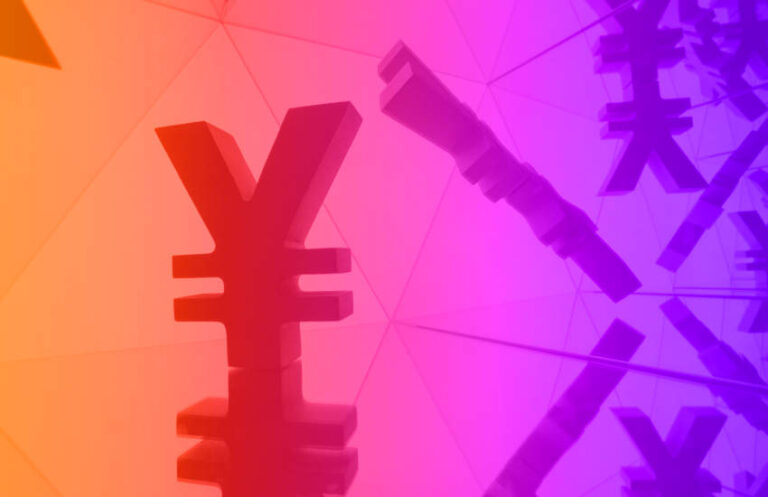
Source: www.ledgerinsights.com
Japan’s largest bank MUFG wants its Progmat Coin stablecoin platform to be usable by other banks and across multiple DLT networks. Therefore, it partnered with Japanese blockchain interoperability company DataChain.
MUFG initially developed Progmat as an enterprise blockchain network for tokenized securities, including bonds, stocks, and other digital assets. But, in addition, it presented Progmat Coin as a platform to create stablecoins backed by segregated funds held in trust, with the aim that other institutions also create tradable stablecoins.
The bank recognizes that Progmat is not the only game in town, so it wants organizations to use Progmat Coin to settle security token transactions on Progmat and other blockchain networks.
The “other blockchain networks” means that Progmat Coin must be interoperable.
A key benefit of tokenized assets is to eliminate counterparty risk through atomic settlement, or delivery versus payment (DvP), enabled by cash on the ledger. DvP settlement is scheduled to go live on Progmat in 2023, with cross-chain settlement targeting 2024. The first tests are for interoperability between R3’s Corda enterprise blockchain, on which Progmat is based, and Authorized DLT Quorum based on Ethereum.
Japan is one of the most active jurisdictions when it comes to security tokens. Most of them have been for real estate and bonds, and Progmat is the leading issuance platform, with more than 30 billion yen ($207 million). Next year, SBI plans for its Osaka Digital Exchange (ODX) to provide a secondary market for security tokens. SMBC, Nomura and Daiwa are also investors in ODX.
MUFG has not stopped at security tokens and stablecoins. As previously reported, it supports utility tokens on Progmat and has partnered with Animoca Brands for NFTs. Since NFTs are usually on public blockchains, the future goal is to use Progmat Coin to settle NFT transactions.
While DataChain may not be a household name, it does have relationships with NTT Data and JCB, the Japanese version of Visa. It is also the initiator of a Hyperledger Labs YUI interoperability framework.
Unsurprisingly, YUI will be used in this project, along with IBC, the Inter-Blockchain Communication Protocol that underpins the Cosmos network. A third solution plank is DataChain’s Light Client Proxy (LCP) for cross-chain bridging.
DataChain is not the only Japanese company making a significant contribution to cross-chain interoperability. Fujitsu co-founded Hyperledger Cactus, which was recently renamed Cacti.
Read More at www.ledgerinsights.com